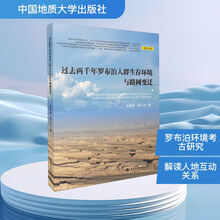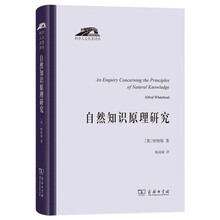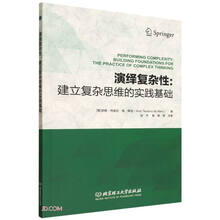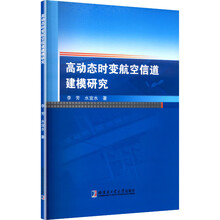Discussion
The reasons which lead us to consider the surface lines developed by hot sodium vapour as developments of Griffith cracks in the surface may be summarized as follows:
The lines are particularly well developed in situations where systematic
scratching is extremely improbable, e.g. inside blown glassware and inside drawn tube. In the latter case they run in a direction at right angles to the axis, a direction which is difficult to ascribe to scratches or other marks made during manufacture or cleansing. The lines develop with age, being almost completely absent on glass fresh from drawing at a high tempera-ture, and frequent on the same glass some hours after drawing. They are well developed in hard glasses such as Griffith used in his experiments, and hardly found at all in soft soda glass.
In the case of the annealed optical glass the lines form an orthogonal
system. In an isotropic material the lines of principal stress form such a system, and it is suggested that the cracks appear in directions normal to the principal stresses (tensions). The effect of annealing the optical glass should be to release the local stresses, which will be expected to have dif-ferent directions at different points, and in the process of release the cracks appear. It should be mentioned that identical glass bars, which had not been annealed, showed no surface cracks.
In this connexion the effect of a scratch is of interest. A piece of plate
glass exposed to sodium vapour showed no typical Griffith cracks. A fine diamond scratch was then made on another specimen from the same piece. Etching revealed typical cracks running out on both sides from the scratch, in directions approximately normal to its length (Fig. 18). At a free edge the principal stresses at any point must be parallel to the edge, so that we should expect this behaviour if the cracks are caused by a principal stress, and arise in a direction normal to it. It does not, of course, follow that in this case the principal stress is everywhere a tension parallel to the edge: there may well be some kind of periodic alternation of tension and com-pression, the cracks appearing in the localities of tension. The function of the crack is to liberate the local stresses. The circumferential direction of the cracks in glass tubing is a further confirmation of the hypothesis that they are normal to the predominant principal tension, which, from the process of manufacture of the tube, must be axial.
The nature of the attack by the sodium vapour has not been studied. With pyrex glass there is always a slight brownish discoloration of the sur-face after etching; with soft soda glass the brown discoloration is much more marked. The quartz glass surface has a milky appearance. The pref-erential attack along the cracks, which are probably only a few molecules wide in the original state, can be attributed to the increased free local field at a sharp rectangular edge, as considered by Kossel in his work on crystal-lization. It is easier to remove an atom or molecule from an edge than from a surface. The whole question of etching by chemical attack is a complicat-ed one on which little has been done. Hausser (1927, 1928), for instance, has pointed out that with metals different crystallographic faces of the same crystal can be developed by different etching agents (Hausser and Scholz 1927).
It is hoped to investigate whether the lines of principal stress associat-ed with arbitrary externally applied stresses can be developed on optical glass by the method here described.
Other frequencies besides fl and f2 have also been excited in circuitswhich were somewhat regenerative, such as (b) and (c) in Fig. 2. In cir-cuit (b) the quartz cylinder in series with a high-frequency milliammeter isconnected between the grid and the plate and a sensitizing coil~8~ L is add-ed between the grid and the filament. When the frequency of the circuit istuned to that of the quartz cylinder, the latter will be set into vigorous os-cillation, as shown by a sudden rise in the indication of the milliammeter.In circuit (c), a single coil is used and the grid excitation is obtained by atap on this coil; this is, in principle, analogous to the ordinary self-con-trolled Hartley circuit. The quartz cylinder in this circuit is inserted in se-ries with the grid. As the capacitance is increased from a small value, apoint is reached at which the system starts oscillating. The oscillations areweak at first, but they become stronger and stronger as the capacitance isincreased, and reach a maximum amplitude at a value of C just below thatwhich makes the natural frequency of the LC circuit equal to the naturalfrequency of the quartz. Past this point the amplitude of the scillations
decreases, and a further increase of C will cause the oscillations to topsuddenly. The frequency in both arrangements (b) and (c) is nearly equalto the natural frequency of vibration of the quartz and varies very littlewith the condenser setting.
We obtained two additional fundamental frequencies of a hollowquartz cylinder with the arrangement(c), designated by f3 and f5 in Table t and three additional fundamental frequencies with the arrangement(b),designated by f3, f4 and fs, besides the frequencies f~ and f2 obtained withthe Pierce circuit. Two of these frequencies f3 and f4 depend only upon thelength of the cylinder, and are independent of its cross section. They willbe shown to correspond respectively to torsional and longitudinal vibra-tions. The other frequency fs is probably of transverse vibration.
展开










